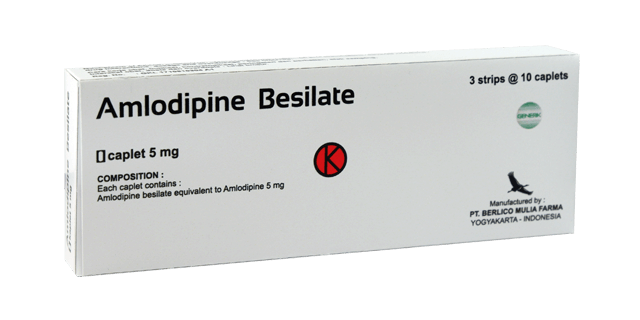
Loading...

Loading...

Amlodipine is indicated for the treatment of hypertension and can be used as a single drug to control blood pressure in most patients.]
BuyAmlodipine is indicated for the treatment of hypertension and can be used as a single drug to control blood pressure in most patients. Patients who are not well controlled when using only a single antihypertensive drug can benefit from the addition of amlodipine, which is given in combination with thiazide diuretics, β-adrenoceptor inhibitors, or angiotensin-converting enzyme inhibitors. Amlodipine is indicated for the first-line treatment of myocardial ischemia both caused by persistent obstruction (stable angina) and / or vasospasm / vasoconstriction (angina Prinzmetal or angina variants) of coronary arteries. Amlodipine can be used if the clinical picture shows a possible vasospastic / vasoconstrictive component but where the location of vasospasm / vasoconstriction has not been confirmed. Amlodipine can be used singly as monotherapy or in combination with other antianginal drugs in patients who are refractory to nitrates and / or with β-blockers at adequate doses.
Each caplet contains:
Amlodipine is well tolerated. The most common side effects are headache, edema, fatigue, somnolence, nausea, abdominal pain, flushing, palpitations and dizziness. Rare side effects: pruritus, rash, dyspnea, asthenia, muscle cramps, dyspepsia, gingival hyperplasia and erythema multiforma. Like other calcium channel blockers, the following side effects have been reported and cannot be separated from the history of the disease itself such as: myocardial infarction, arrhythmias (including ventricular tachycardia and atrial fibrillation) and chest pain. There are no clinically significant laboratory test abnormalities related to amlodipine.
Hypertension: The usual dose is 5 mg of amlodipine once a day, it can be increased to a maximum dose of 10 mg depending on individual patient response and the severity of the disease. Patients who are small, weak, or elderly, or patients with impaired liver function can start with a dose of 2.5 mg of amlodipine once a day and this dose can be used when amlodipine is added to other antihypertensive therapy.
Most hypertensive patients with a dose of 5 mg / day do not require an increase in dose. For those who need a higher dose, amlodipine can be increased to 7.5 mg / day with a maximum dose of 10 mg / day.
The recommended dose for chronic stable angina or vasospastic angina is 5-10 mg, and lower doses for elderly patients and patients with impaired liver function.
Amlodipine dosage adjustments are not necessary, if given together with accompanying thiazide diuretics, β-blockers, or angiotensin-converting enzyme inhibitors.
Children: Until now the use of amlodipine for children has never been reported.